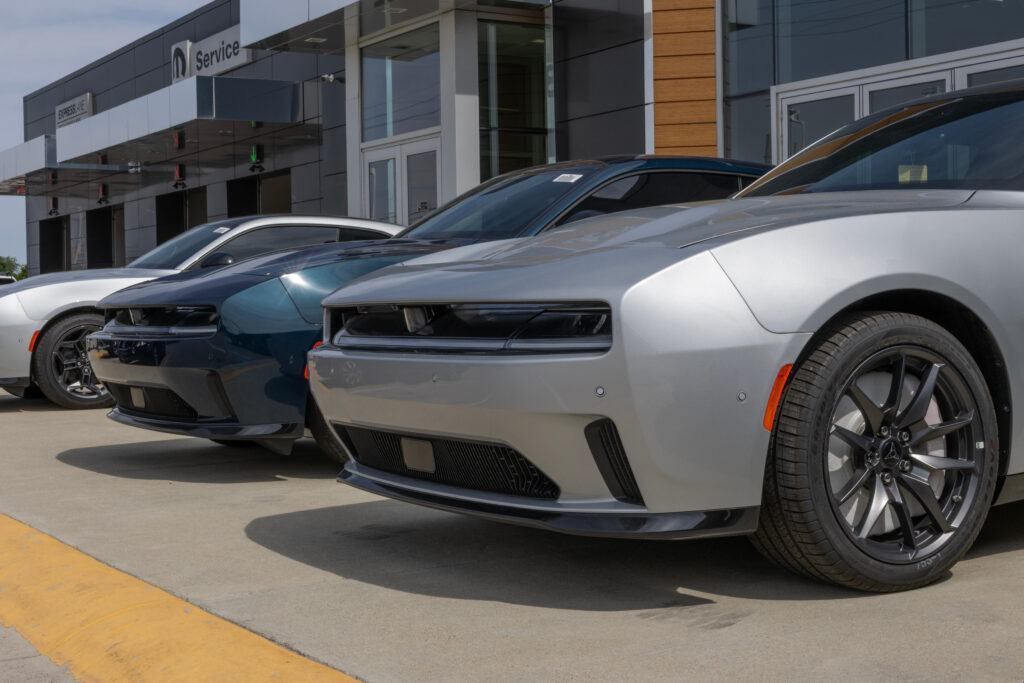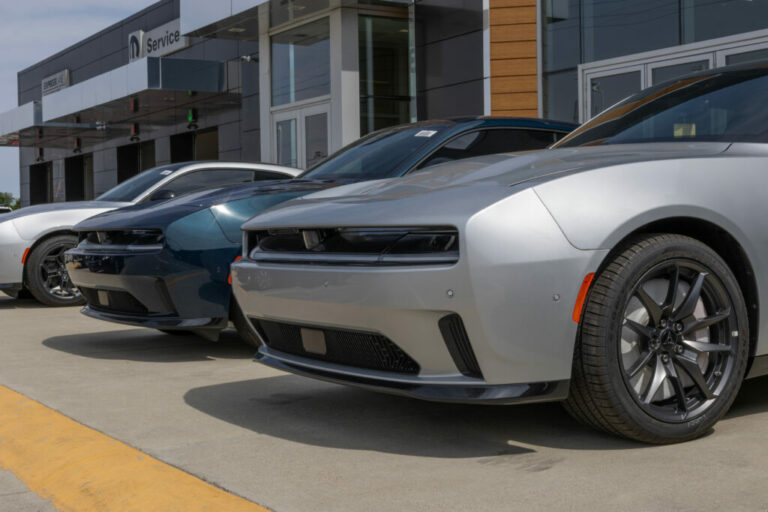In a surprising move, Stellantis has canceled its plans for an all-electric Dodge Charger, a vehicle that was heavily hyped in the performance and EV communities. The Dodge Charger Daytona SRT Concept was touted as an EV muscle car with futuristic styling, rapid acceleration, and an artificial exhaust note called the ‘Fratzonic Chambered Exhaust.’ However, production delays, mounting costs, and shifting consumer interests led to the decision to pivot.
The original plan for the electric Charger was ambitious, featuring retro styling cues, an 800-volt Banshee powertrain, and simulated gear shifts to mimic traditional performance vehicles. Despite the excitement, reality set in as traditional internal combustion engine (ICE) models like the Charger and Challenger continued to sell well until their final production days. Enthusiasts remained loyal to combustion engines, particularly due to the higher price tag and questionable sound effects of electric vehicles.
The Shift in Strategy
Stellantis has decided to continue the Charger nameplate with internal combustion engine options first, potentially powered by the new Hurricane inline-six engine, and plug-in hybrid variants in the future. The full-electric version, while not entirely canceled, has been pushed to the back burner.
This change raises several questions: Was the EV Charger too ahead of its time? Did Dodge underestimate the loyalty to V8 engines? Or were the synthesized exhaust and fake gear shifts too much for muscle car fans to accept? For muscle car enthusiasts, this move elicits mixed emotions. While it’s a win for those not ready to trade the rumble of a big American engine for the whine of an electric motor, it represents an identity crisis for a brand known for being loud, bold, and unapologetically old-school.
Implications for the Industry
Dodge’s decision indicates a more gradual shift towards performance, incorporating hybrids and high-output six-cylinders before fully embracing EVs. This pivot by Stellantis, which owns Dodge, Jeep, Ram, and Chrysler, might signal a larger trend in the industry. Consumers desire performance, but they also value sound, feel, and heritage, which battery-powered cars currently lack.

While the electric Charger isn’t entirely gone, it’s taking a back seat, allowing enthusiasts to continue enjoying the roar of combustion engines and build their dream HEMI projects. For those who still get excited about the sound of a cold start or a third-gear pull, this isn’t bad news.



